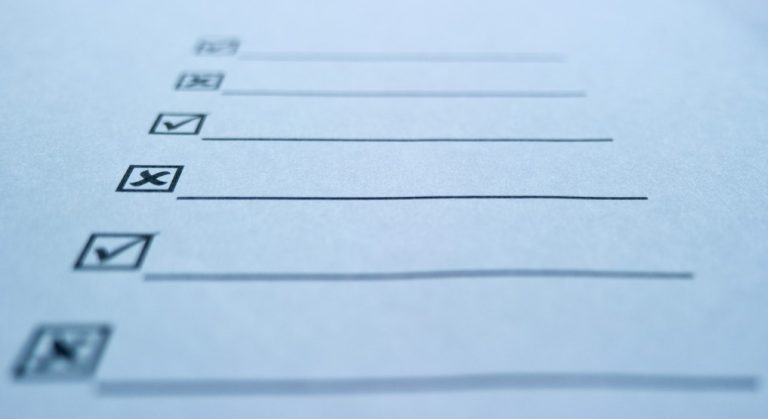Cybersecurity views governance, risk, and compliance as clichés. This view is caused by the creation of new compliance requirements by both industry and governments standards organizations to tame data breach. Governance plays a crucial role in the formulation of effective risk management programs. However, governance requires auditing, which compels organizations to involve both internal and external partners to maintain compliance.
Auditing Governance
Corporate Governance
To show governance, firms must establish set rules and regulations, practices, terms, and ways of handling risk. Governance tasks the firm’s senior management with the role of risk reviewing and course of action. Boards of directors have the same responsibility.
Corporate Governance in Cybersecurity
Corporate governance in cybersecurity plays a less engaging role. The senior management executives need to be informed and understand cybersecurity risks that may sprout in the course of business. They, however, do not make security decisions but review internal controls and their effectiveness.
The Responsibility of the Audit Committee
Many firms now have their eyes fixed on cybersecurity compliance. Their audit committees are the mediums between the Board of Directors and the audit program. These committee members need mastery of cybersecurity risks more than their colleagues in the company. For proper conveying of information, the audit committee should work together with the information technology in the firm. This collaboration ensures that matters will get the urgency and detail they deserve.
Incorporating Cyber Risk into the Audit Plan
The use of Infrastructure-as-a-service (IaaS) has risen in many firms. Platform-as-a-service and Software-as-a-service vendors too have grown, and their audit plans seek to secure data from breaches through the internal controls. Auditing plans guide you on determining Key Performance Indicators (KPIs) to merge with your compliance program. Establishment and actualization of cybersecurity audit plans create a way of showcasing compliance with applicable governance.
Timing
Internal audits should have a regular schedule. Considerations of audit process controls should be sourced from previous successful reviews to help you ascertain the scope of the inspection.
If your firm had not invested in the best software and an operating system, this should be in the scope for the next audit. If a working system patch was available, but the previous review found out that some networks, systems, and software still had factory logins, then this should be targeted. Timing and planning should not only complement each other but also be used continuously to foster your cybersecurity.
Risk Assessment
Your audit plan should hook in a comprehensive view towards cybersecurity risk. The audit plan should possess an evident risk tolerance that addresses data breach potential, data itself, location, and an estimated data breach cost. On the audit plan scope, it is prudent you pay attention to the IT with the highest potential risk as a data-breach or cyber-attack can have a variety of associated costs for the business.
Compliance Committee
This committee is made up of internal stakeholders, whose role is monitoring and documentation of internal controls. This committee works with the audit committee to keep the firm informed about any changes or updates concerning standards and regulations. They are at the forefront in ensuring controls are working optimally, and they provide the much-needed governance over the audit program.
How These Internal Auditors Analyze Cybersecurity Governance
Governance is proven by the audit plan, which contains the scope and steps to be followed. The internal audit comes in to complement the audit plan. Your internal audit will be best done by an independent body (to boost efficiency and thoroughness). The internal auditor goes through all your cybersecurity documents and tests whether there was compliance with the stated internal controls.
On the governance side, the internal auditor will train their eyes on the policies and processes defined in control, and check if the compliance committee reports and conveys data to the audit committee. The auditor may go through the minutes of previous meetings in both the compliance and audit committees and determine whether the two faculties have been working in unison.
Documentation of communications and activities plays a significant role in furnishing the internal auditor with enough information to effectively audit governance of your cybersecurity program.
How Does Automation Ease Auditing Governance?
Automation results in better communication and documentation, which facilitate internal auditing of governance. Coordination of communication among the various committees can be a grueling task, especially if the firm is big. Compilation of executive summaries for the compliance committee, audit committee, and the board of directors can be, and thus, automation will ease this process and conveying of the relevant information to the stakeholders.
You can employ automation to polish out the whole governance audit process. Use of shared drives will ease communication although these drives are prone to automatic update of data which may completely alter the original versions of the documents stored. This automatic update calls for a single source of information updates to ensure all older files are safe from editing.
Final Thoughts
Auditing your firm’s governance may be a cumbersome process, but it is worth the toil. Cybersecurity standards should be complied with to eliminate cyber risks posed to the software and operating systems in the firm. Formulation of audit and compliance committees make the audit process a success, for they play a significant role in ensuring that information gets conveyed to the Board of Directors and stakeholders. For a seamless, effective, and thorough audit, an independent internal auditor is best suited to determine if governance carried out its duties, and if communication was excellent. Automation eases governance auditing through improved communication and data storage.
![[Jcount.com]](https://www.jcount.com/wp-content/uploads/2014/08/jcount150X50.png)
![[Jcount.com]](https://www.jcount.com/wp-content/uploads/2014/08/jcountstartupslogo1.png)





